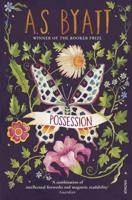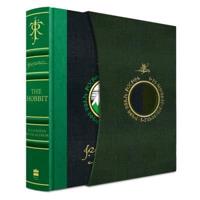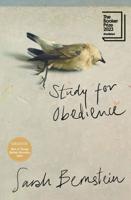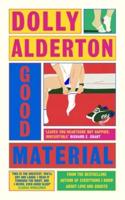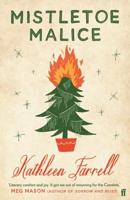Publisher's Synopsis
Samuel Rutherford Crockett (24 September 1859 - 16 April 1914), who published under the name "S. R. Crockett," was a Scottish novelist.He was born at Duchrae, Balmaghie, Kirkcudbrightshire, on 24 September 1859, the illegitimate son of dairymaid Annie Crocket. He was raised on his grandfather's Galloway farm, won a bursary to Edinburgh University in 1876, and graduated from there during 1879. After some years of travel, he became in 1886 minister of Penicuik. During that year he produced his first publication, Dulce Cor (Latin: Sweet Heart), a collection of verse under the pseudonym Ford Brereton. He eventually abandoned the Free Church ministry for full-time novel-writing in 1895.The success of J. M. Barrie and the Kailyard school of sentimental, homey writing had already created a demand for stories in Lowland Scots, when Crockett published his successful story of The Stickit Minister in 1893.It was followed by a rapidly produced series of popular novels frequently featuring the history of Scotland or his native Galloway. Crockett made considerable sums of money from his writing and was a friend and correspondent of R. L. Stevenson, but his later work has been criticised as being over-prolific and feebly sentimental.Crockett's connection with Kailyard is now beginning to be acknowledged as nebulous at best, as evidenced by a re-appraisal of the whole Kailyard concept by writers such as Andrew Nash.In 1900, Crockett wrote a booklet published by the London camera manufacturer, Newman & Guardia, comparing cameras favourably to pen and pencil and explaining how he encountered the N and G advertisement. Crockett was well travelled in Europe and beyond, spending time in most European countries and he wrote several novels of European history including The Red Axe (1898), A Tatter of Scarlet (1913), and the non fiction The Adventurer in Spain (1903) which holds its own against Robert Louis Stevenson's travel writing. He died in France on 16 April 1914. The subsequent outbreak of the First World War meant a delay in his remains being buried in his home kirkyard at Balmaghie. A memorial to him was erected in Laurieston by public subscription in 1932....... Gordon Frederick Browne (15 April 1858 - 27 May 1932) was an English artist and children's book illustrator in the late 19th century and early 20th century. He was born in Banstead, the younger son of notable book illustrator Hablot Knight Browne (who as "Phiz" illustrated books by Charles Dickens). He studied art at the Heatherley School of Fine Art and South Kensington Schools and started to receive professional commissions while still at college. From the 1880s, Browne was one of Britain's most prolific illustrators, his work appearing in newspapers, magazines and many books by children's authors including Frederic William Farrar, G.A. Henty, Juliana Horatia Ewing, Andrew Lang, Talbot Baines Reed, L. T. Meade, Catherine Christian and E. Nesbit. Browne worked in watercolour and pen and ink. He was a member of the Royal Institute of Painters in Water Colours (RI) and the Royal Society of British Artists (RBA).He died in Richmond, London in 1932.............


